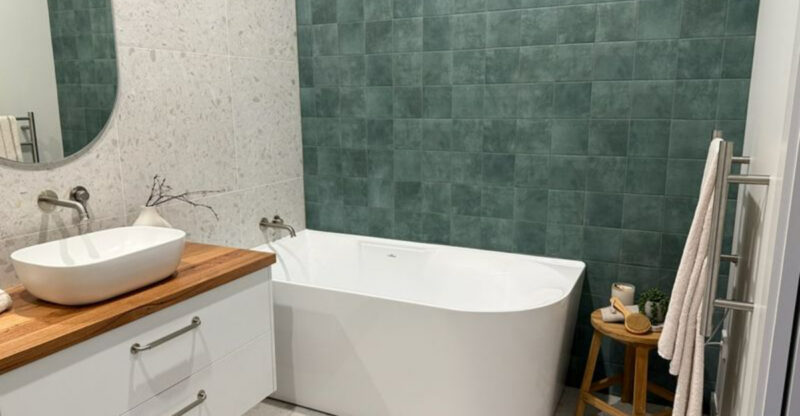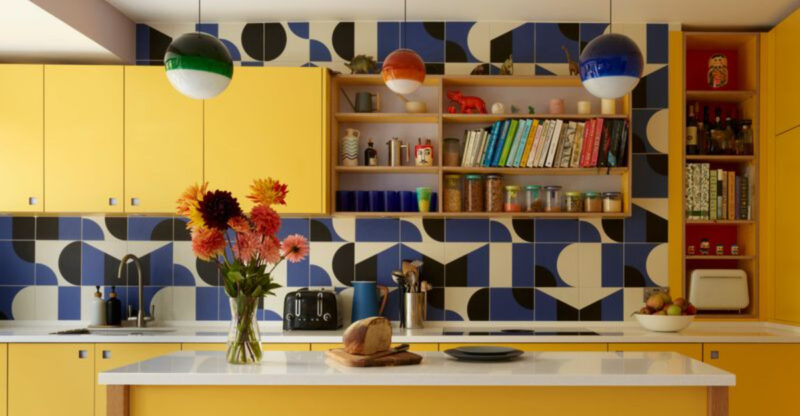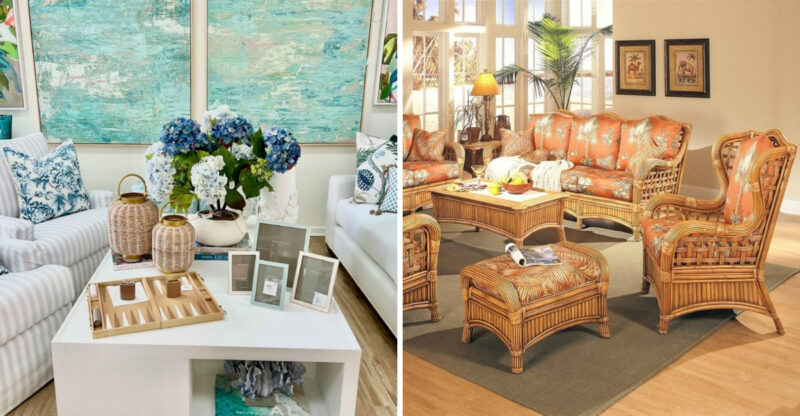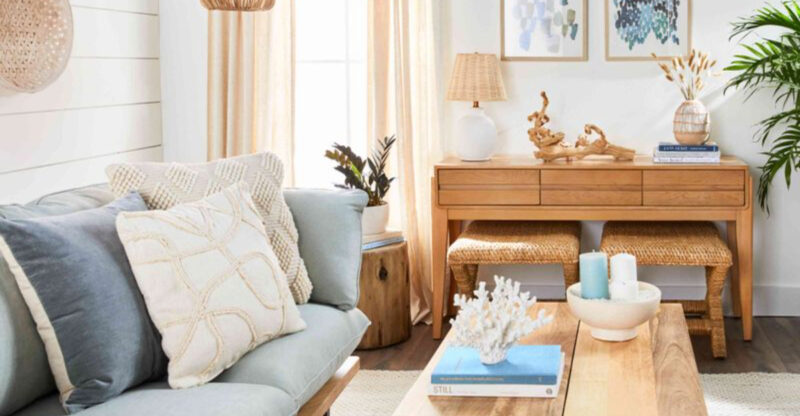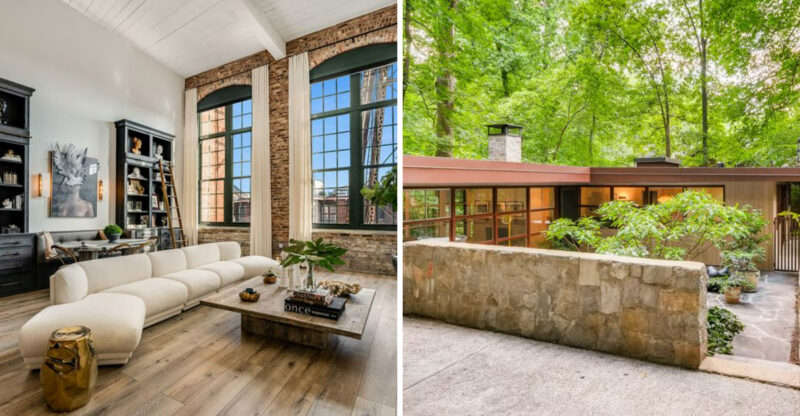12 Home Trends In Savannah That Are Losing Popularity Fast
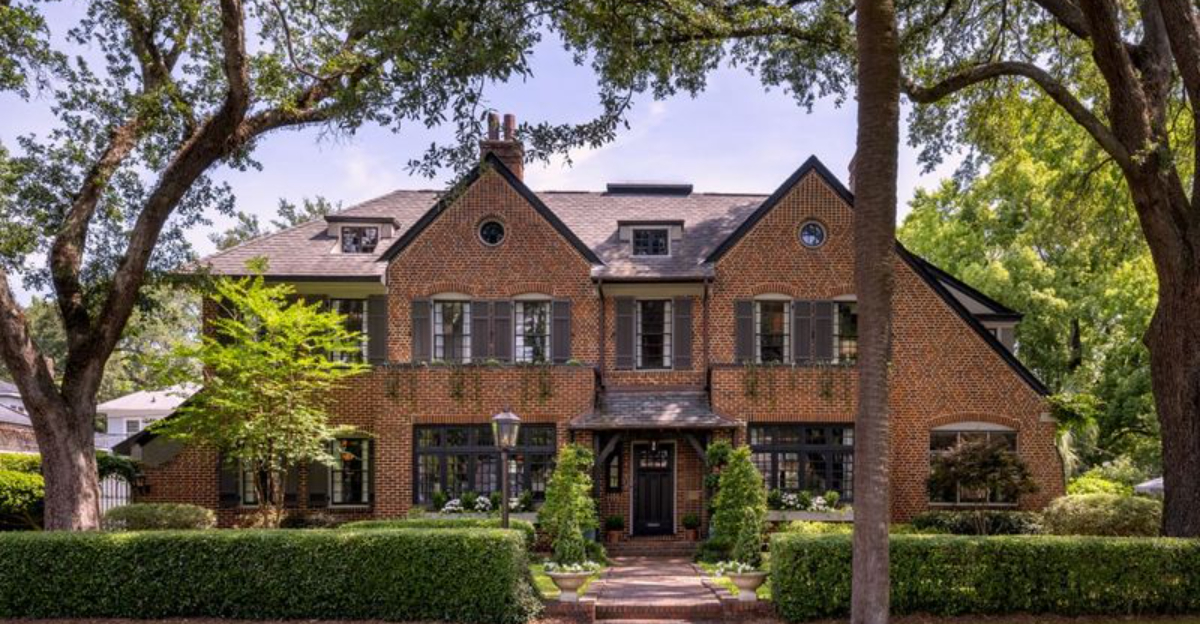
Savannah homes have always been a blend of Southern charm and coastal elegance.
But like any city with deep design roots, trends come and go with the tides of the Savannah River. What was once the height of local home fashion is now quietly slipping away as homeowners embrace newer styles.
Let’s explore which classic Savannah home elements are falling out of favor in this historic Georgia gem.
1. Coastal Colonial Revival
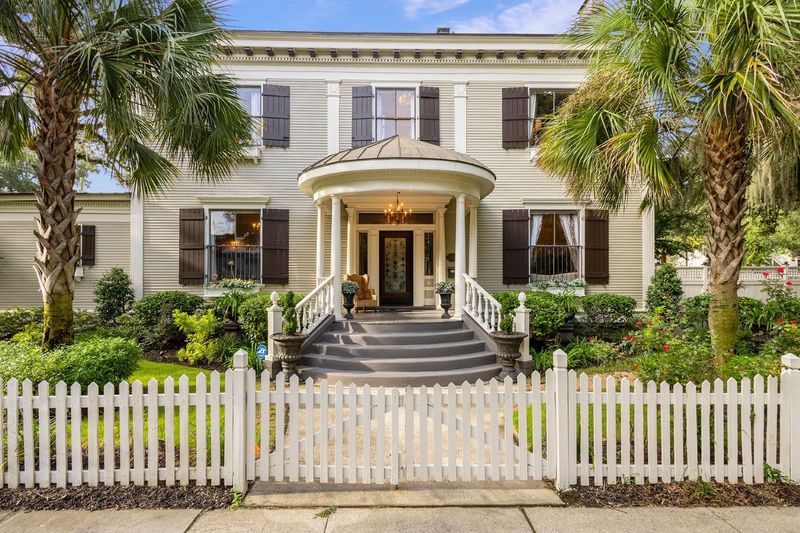
The once-beloved Coastal Colonial Revival style is quietly sailing away from Savannah’s design scene. Homeowners are trading those formal, symmetrical facades and rigid floor plans for more relaxed, open concepts that better suit modern living.
Many families find the compartmentalized rooms limiting for entertaining and everyday life. The excessive maritime motifs anchors, ropes, and ship wheels that once adorned walls and shelves now feel more like coastal clichés than tasteful nods to Savannah’s port city heritage.
Instead, residents are embracing simplified coastal elements integrated into contemporary designs, allowing for better flow between indoor and outdoor spaces while maintaining just a hint of that seaside influence.
2. Beaded Board Paneling
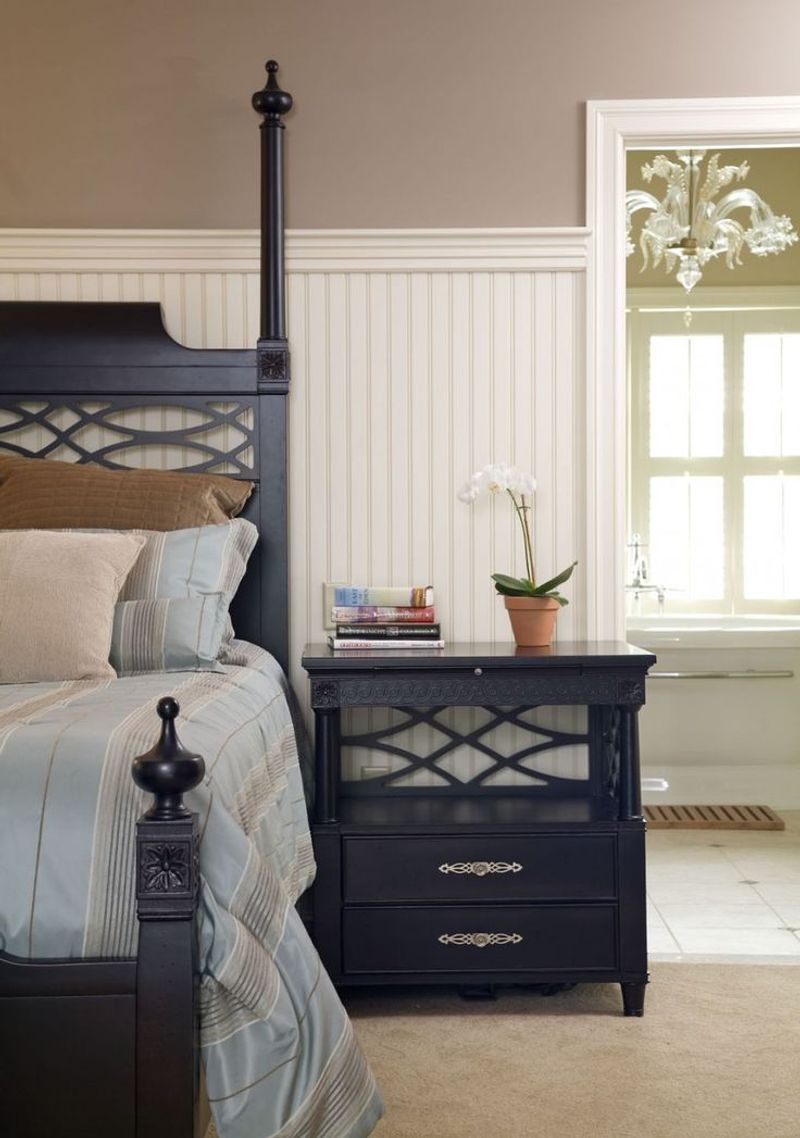
Remember when every Savannah sunroom and porch ceiling featured beaded board paneling? This once-essential element of Southern coastal homes is rapidly declining in popularity as homeowners seek cleaner, more contemporary finishes.
The maintenance issues are a major turnoff those tiny grooves collect dust and spider webs, requiring constant cleaning in Savannah’s humid climate. Painting and repainting becomes a tedious chore as the wood expands and contracts with the seasons, causing cracks in the finish.
Modern alternatives like smooth drywall, textured plaster, or even metal ceiling panels are taking its place, offering similar character without the upkeep headaches that come with traditional beaded board installations.
3. Pastel Color Palettes
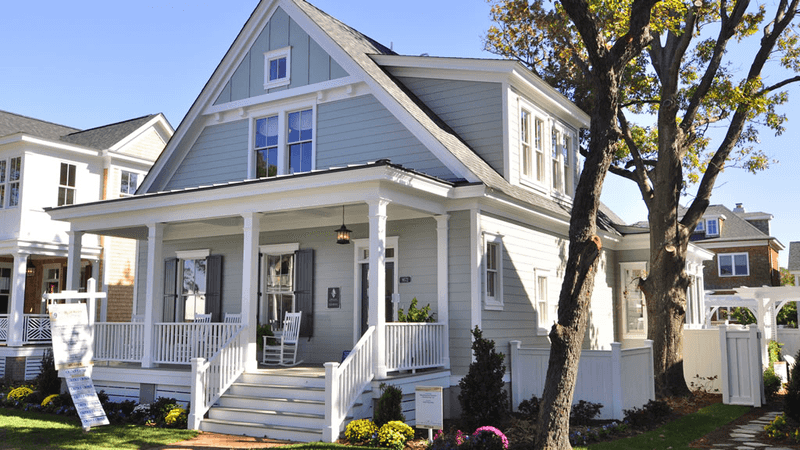
Those soft pink, mint green, and baby blue exteriors that once defined Savannah’s historic districts are fading into the background. The candy-colored palette that tourists love to photograph is losing ground as homeowners opt for more sophisticated, muted tones.
Deeper, more complex colors like charcoal blues, rich olives, and warm terracottas are taking center stage. These earth-inspired hues better withstand Savannah’s harsh sun without fading and provide a more distinctive look in neighborhoods where pastel sameness had become overwhelming.
Even historic preservation boards are becoming more flexible, allowing historically accurate but less pastel options that still honor the architectural integrity of these beloved homes while giving them fresh visual appeal.
4. Swampy Green Accents
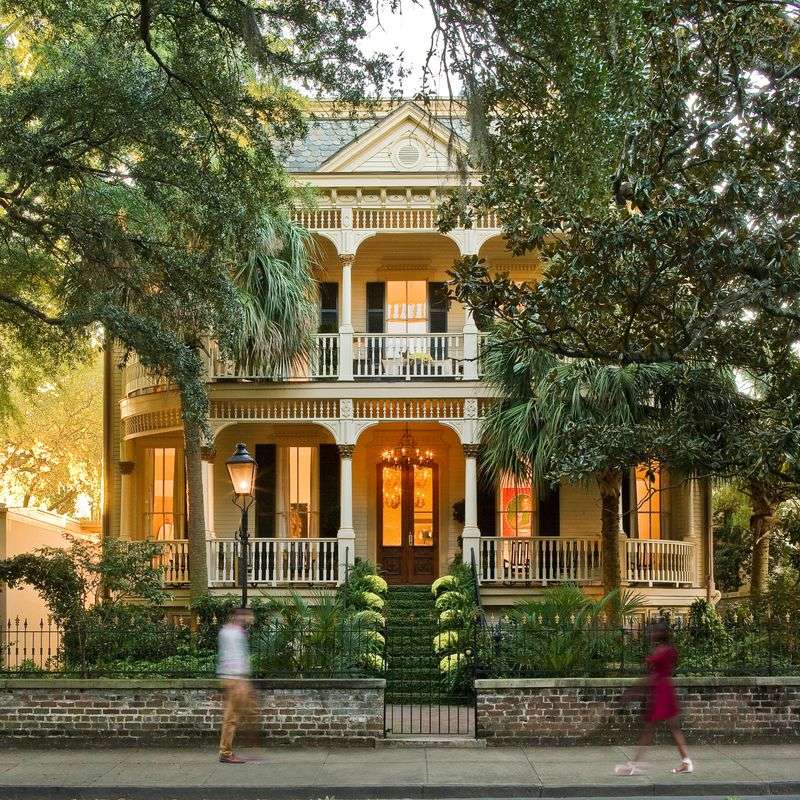
If you’ve visited Savannah in the past decade, you’ve seen that distinctive swampy green shade on shutters, doors, and porch ceilings. This color meant to evoke Spanish moss and marsh grasses has saturated the historic district to the point of cliché.
Forward-thinking homeowners are now embracing bolder accent colors or more sophisticated neutrals. The once-popular haint blue porch ceilings (traditionally believed to ward off evil spirits) are giving way to warmer wood tones or modern white finishes that brighten outdoor living spaces.
Even designers who once championed the swampy palette are advising clients to consider alternatives that still reference Savannah’s natural environment without falling into predictable territory.
5. Clawfoot Tubs
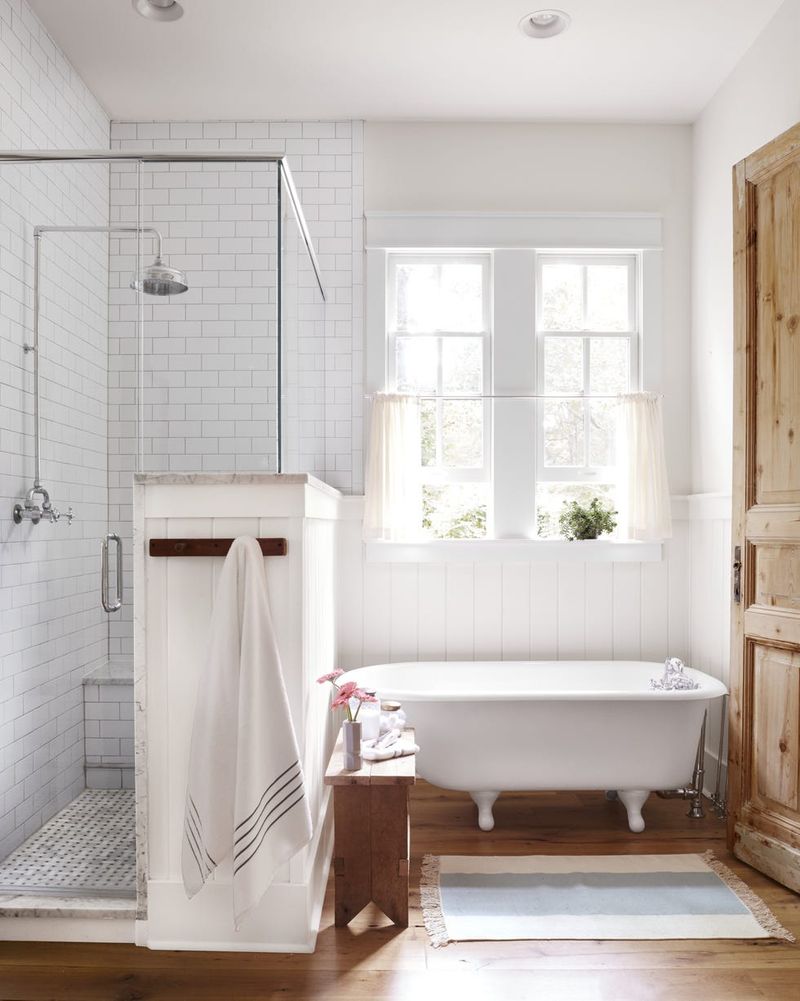
The romance of soaking in a vintage clawfoot tub is giving way to practical reality in Savannah homes. These cast iron beauties, once considered essential in historic renovations, are being removed in favor of walk-in showers and freestanding soaker tubs without the fussy feet.
Homeowners cite multiple reasons for the shift: the tubs are incredibly heavy (potentially damaging historic floors), difficult to clean around, and impractical for quick bathing routines. The awkward shower conversions with circular curtains never quite prevent water from escaping onto bathroom floors.
Even preservation-minded renovators are finding ways to incorporate more modern bathing options while maintaining historic character through other bathroom elements like pedestal sinks and period-appropriate tile work.
6. Courtyard Garden Fountains
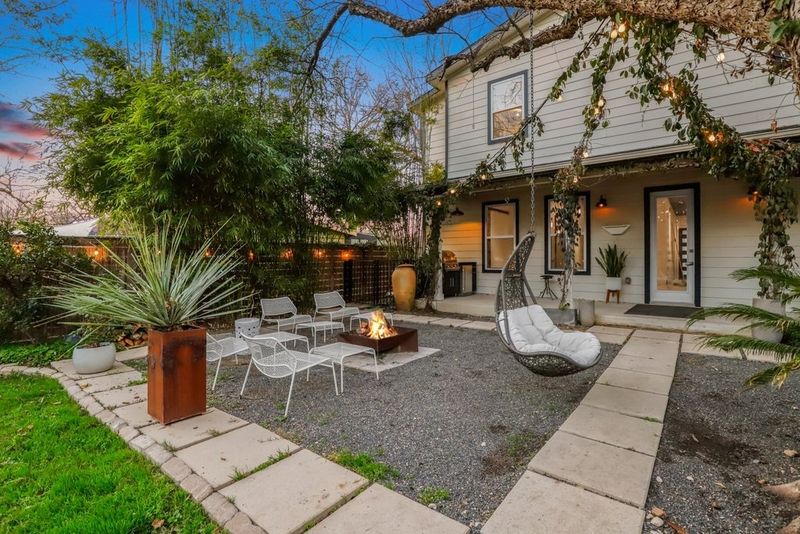
Those bubbling fountains that once served as the centerpiece of Savannah’s hidden courtyard gardens are drying up fast. Water conservation concerns, maintenance headaches, and mosquito breeding issues have all contributed to their decline in popularity.
The constant upkeep cleaning algae, fixing pumps, and dealing with limestone deposits has proven too time-consuming for many homeowners. Add in Savannah’s notorious humidity, which already encourages mosquito populations, and these water features become more problematic than pleasant.
In their place, residents are installing native plant gardens, fire features, or artistic focal points that create ambiance without the water worries. When water elements remain, they’re often simplified to small, easy-maintenance options that use recirculating systems and require minimal attention.
7. Horsehair Plaster Walls
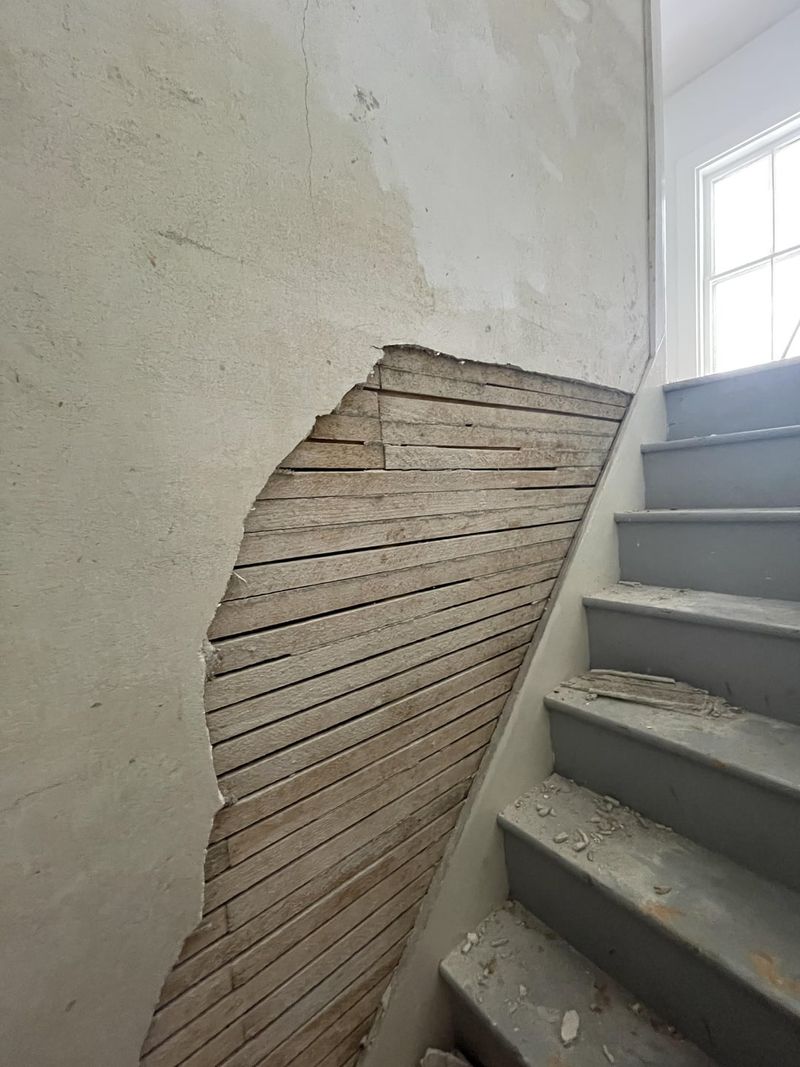
The authentic horsehair plaster walls that history buffs once celebrated are quietly disappearing from Savannah’s renovation scene. While preservation purists still appreciate their historical significance, most homeowners are opting for modern alternatives when walls need repair.
Modern gypsum-based plaster systems provide the same hand-troweled texture and solid feel without the cracking, crumbling, and inconsistent finish of traditional methods. The difficulty in finding skilled craftspeople who can properly work with horsehair plaster makes repairs prohibitively expensive for most budgets.
When historic homes undergo major renovations, owners often preserve a small section of original plaster as a nod to authenticity while using contemporary materials throughout the rest of the space a compromise that honors history without sacrificing practicality.
8. Tassel Shades
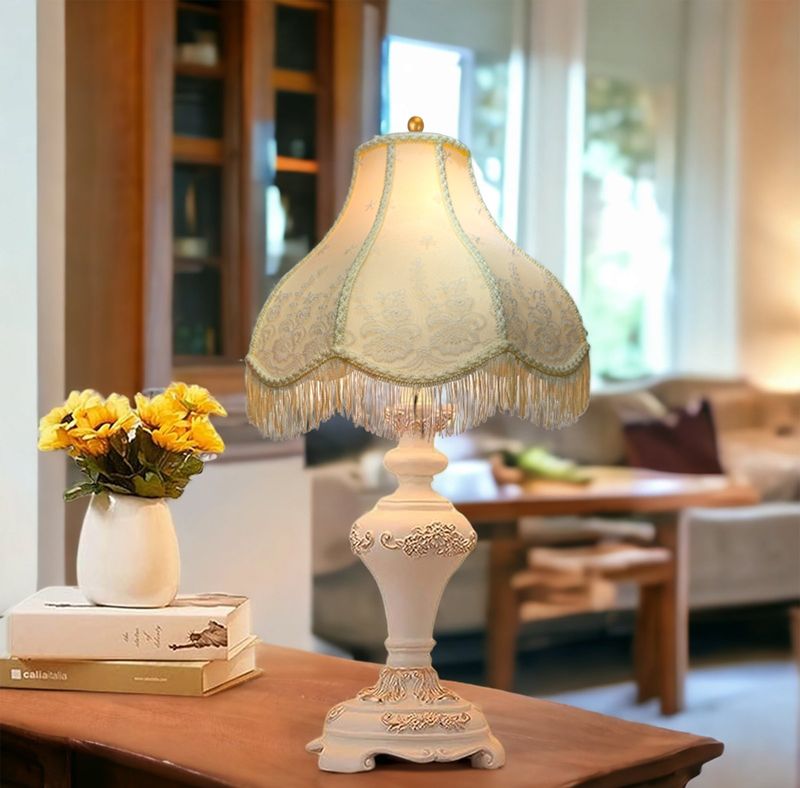
Those fringed, tasseled lampshades that once adorned every side table in traditional Savannah homes are being packed away for good. The Victorian-inspired look that felt so appropriate in historic settings now reads as fussy and outdated to younger homeowners and design-conscious renovators.
Dust collection is a practical concern the dangling elements trap particles and are difficult to clean properly. The heavy, ornate style also blocks significant light output, creating dimmer rooms when natural light is already at a premium in many historic Savannah homes with deep porches.
Clean-lined drum shades, textured natural materials, and even exposed bulb fixtures are taking their place, offering better illumination and easier maintenance while still respecting the traditional architecture that houses them.
9. Sunburst Fans
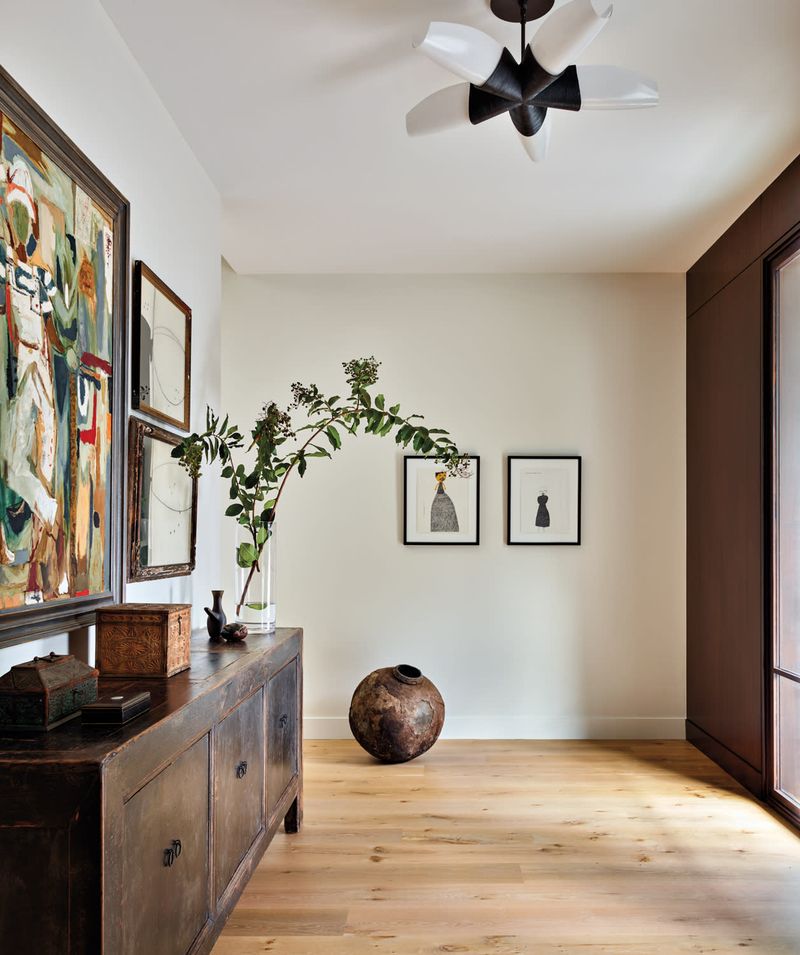
The ornate sunburst ceiling fans that once whirred in every Savannah parlor are spinning out of style. With their elaborate metalwork and multiple small blades arranged in a starburst pattern, these fans were once considered the perfect marriage of function and Southern decorative arts.
Homeowners now recognize their inefficiency the decorative design compromises air movement compared to modern fans with fewer, larger blades. The intricate details also become dust collectors in Savannah’s humid environment, requiring frequent, painstaking cleaning.
Modern ceiling fans with simpler designs, better motors, and integrated lighting are proving more practical for Savannah’s long, hot summers. When decorative elements are desired, residents are choosing fans with clean lines that complement, rather than compete with, architectural details.
10. Fretwork Transoms
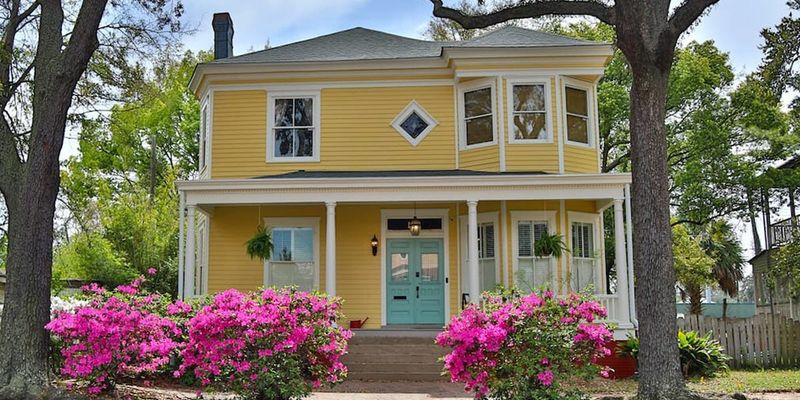
The delicate wooden fretwork transoms that grace doorways in many historic Savannah homes are facing a functionality reckoning. While undeniably beautiful, these intricate wooden grilles above doors and windows are falling out of favor as homeowners prioritize energy efficiency and easy maintenance.
The original purpose allowing air circulation while maintaining privacy is now better served by modern HVAC systems. Many of these ornate pieces have warped or rotted over decades of exposure to Savannah’s extreme humidity, making restoration costly and often temporary.
When renovating, homeowners are either simplifying the designs dramatically or replacing them with solid glass transoms that preserve the architectural opening while improving insulation. Those who remove them entirely often repurpose the fretwork as wall art a nod to history without the practical drawbacks.
11. Carved Wainscoting
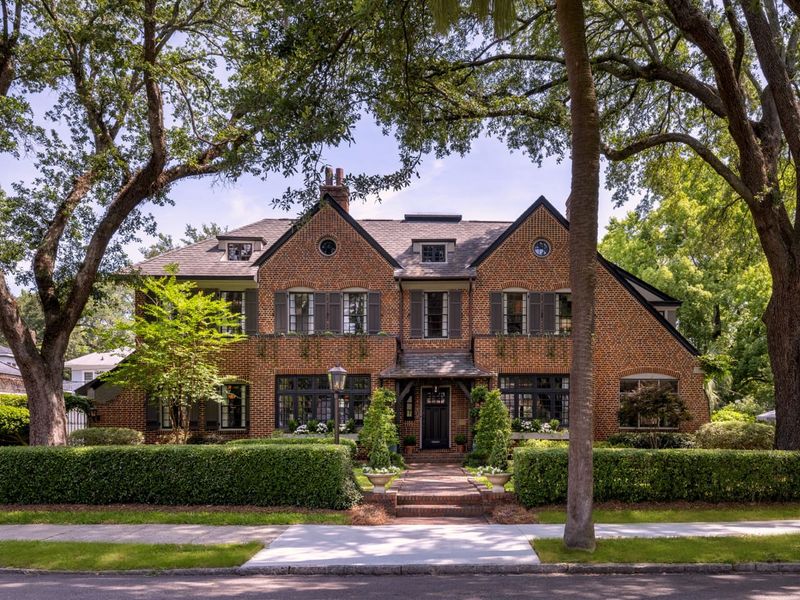
Elaborate carved wainscoting, once the hallmark of Savannah’s finest homes, is facing a serious style recession. These ornate wood panels that traditionally line dining rooms and hallways are being simplified or removed entirely as homeowners seek cleaner lines and less visually busy interiors.
The intricate carvings collect dust in Savannah’s humid environment and provide hiding spots for the city’s persistent palmetto bugs. Maintenance concerns aside, many homeowners find the formal, heavy look at odds with their desire for lighter, brighter spaces that feel less stuffy.
When wainscoting remains, it’s typically reimagined with simpler board-and-batten or shiplap styles painted in light colors that preserve the architectural detail without the fussiness of traditional carved patterns.
12. Mahogany Staircases
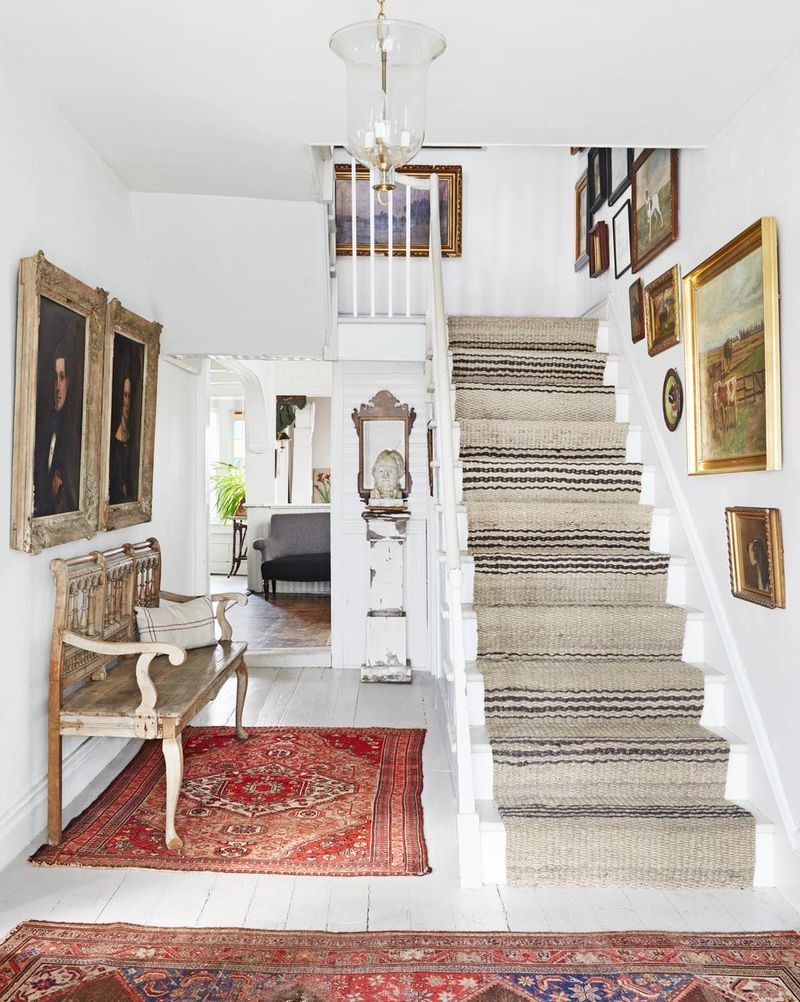
The imposing dark mahogany staircases that once announced wealth and permanence in Savannah’s finest homes are being lightened up or replaced entirely. These massive, somber installations often featuring intricate balusters and heavy newel posts create a visual and literal heaviness that conflicts with contemporary desires for airier interiors.
Homeowners are painting existing wooden elements in lighter colors or replacing dark woods with lighter varieties like white oak or maple. The trend reflects both practical and aesthetic concerns dark staircases absorb light in already dim historic interiors and can make narrow Savannah townhomes feel smaller than they are.
Even historic preservationists are accepting these changes, recognizing that lightening a staircase preserves the architectural element while making historic homes more livable for modern families.

